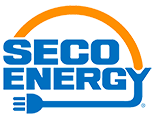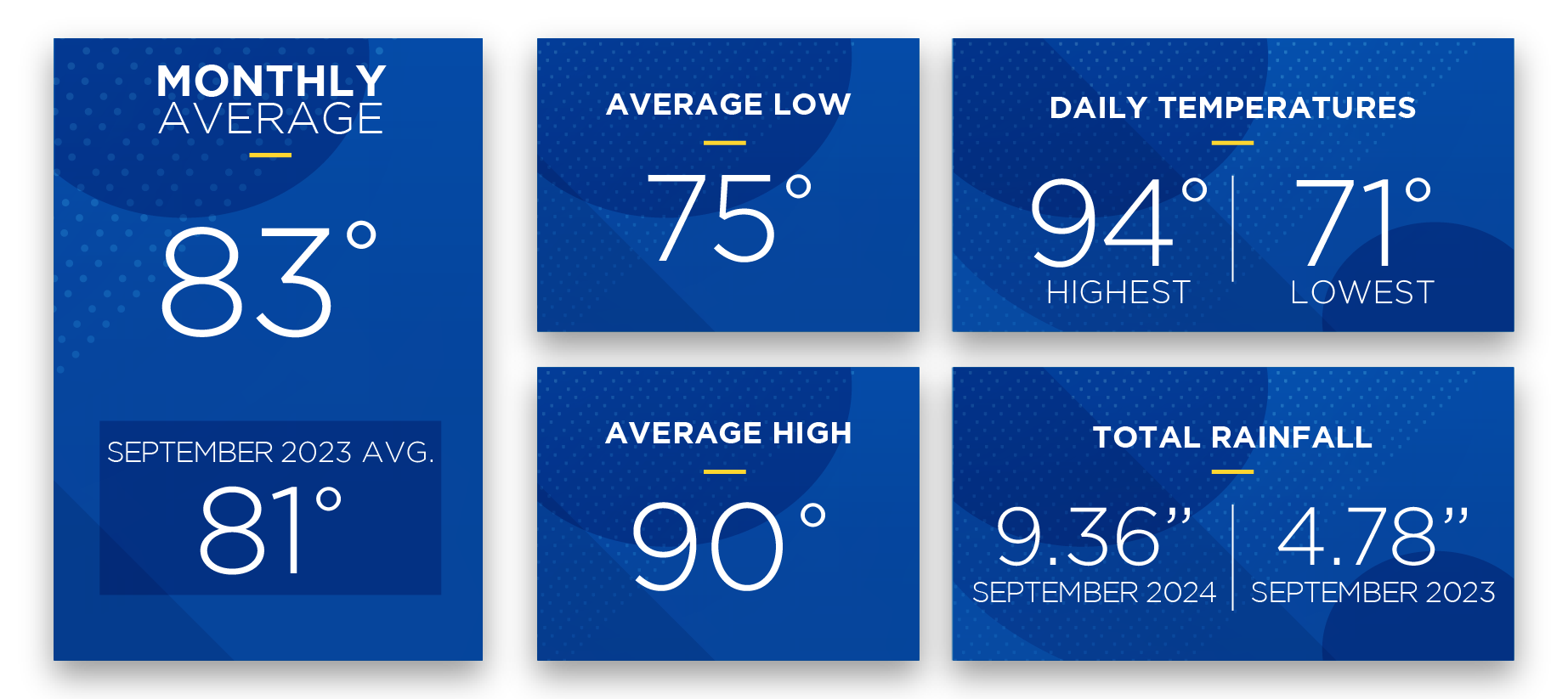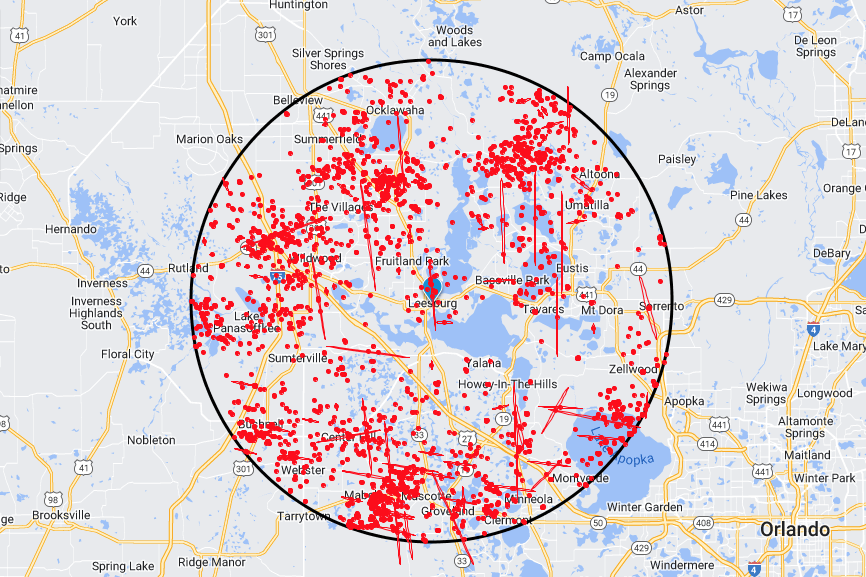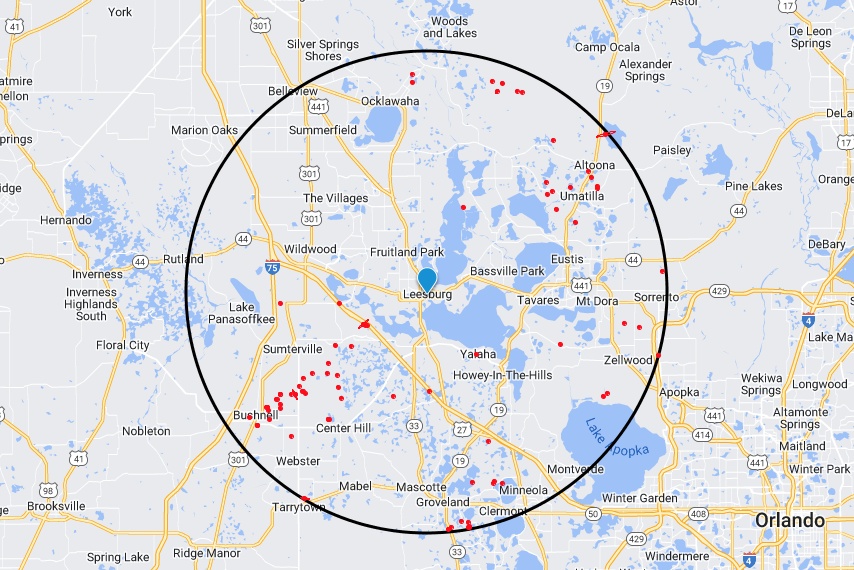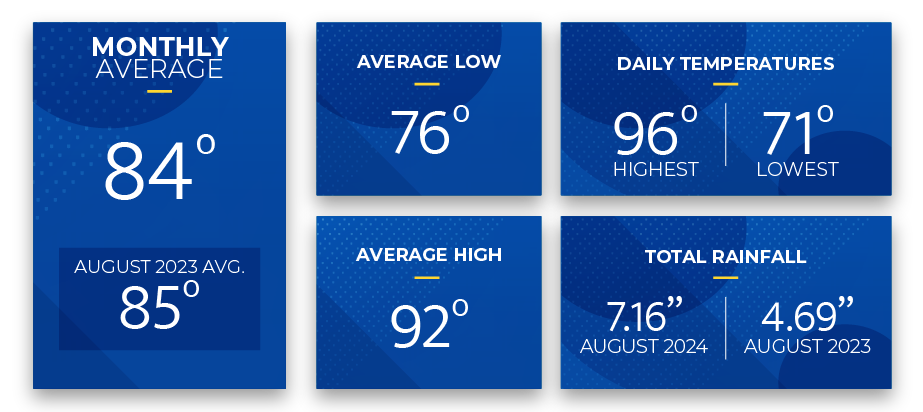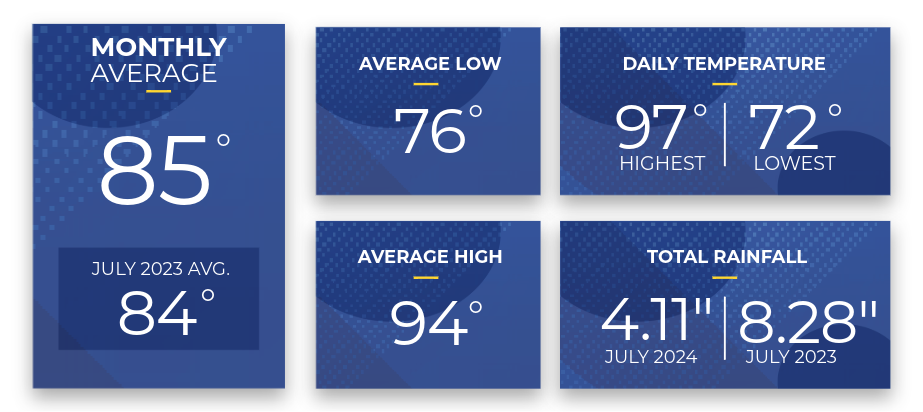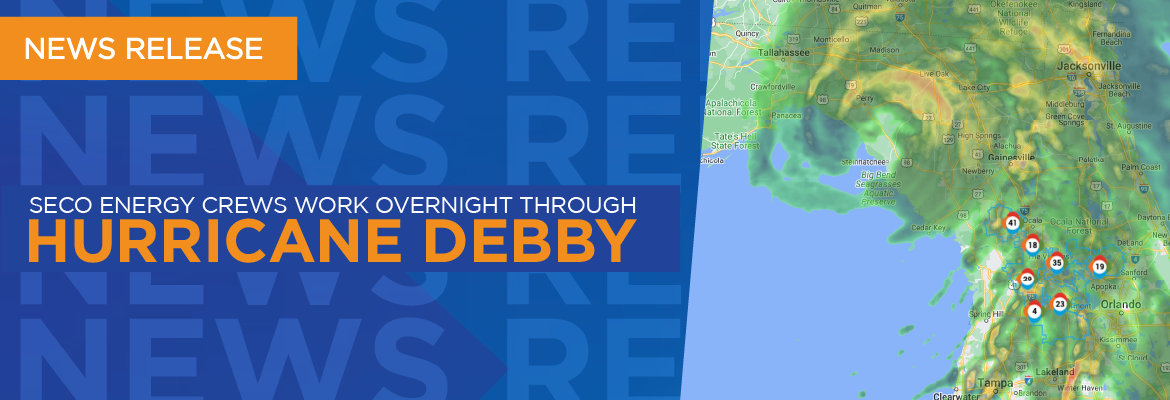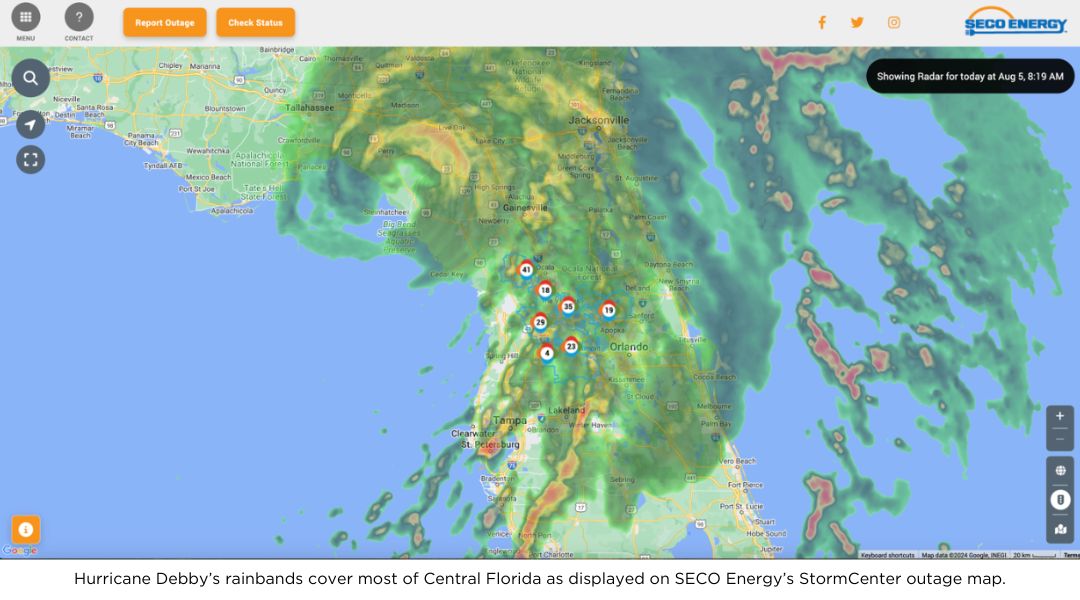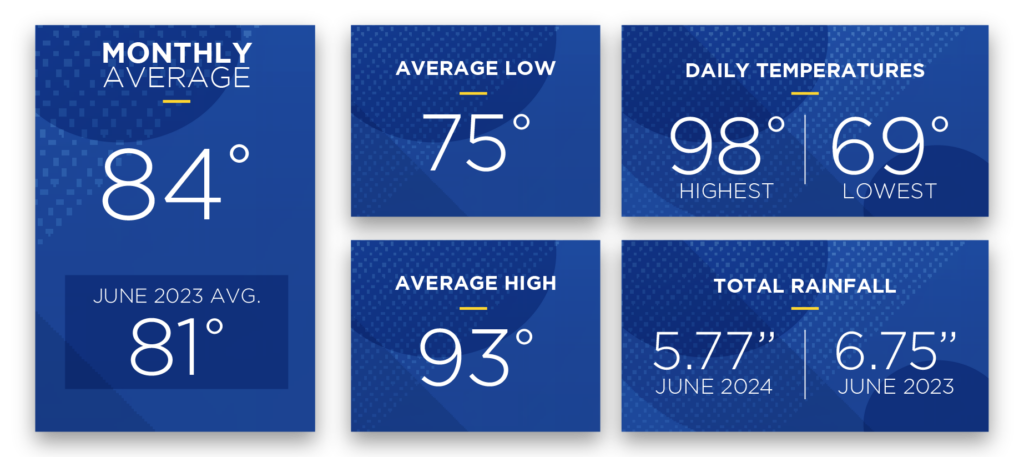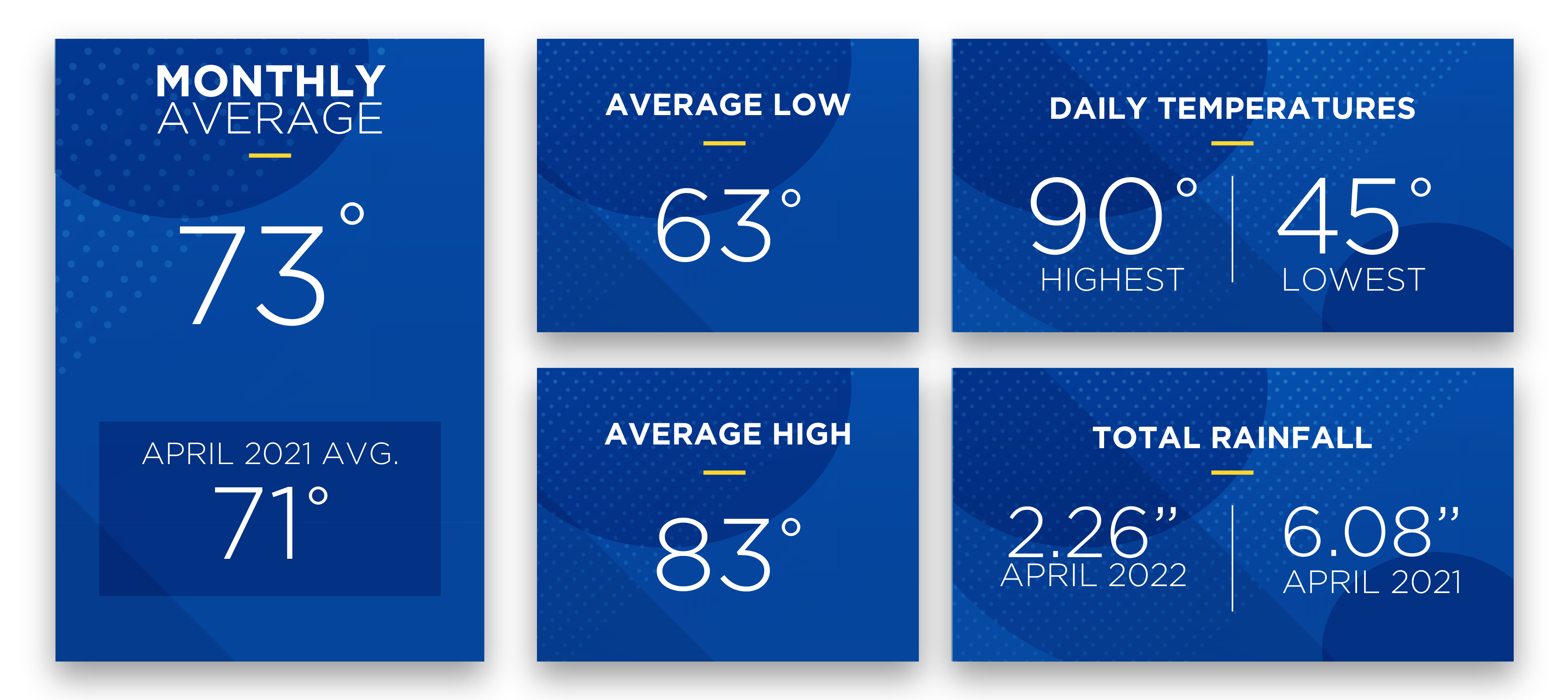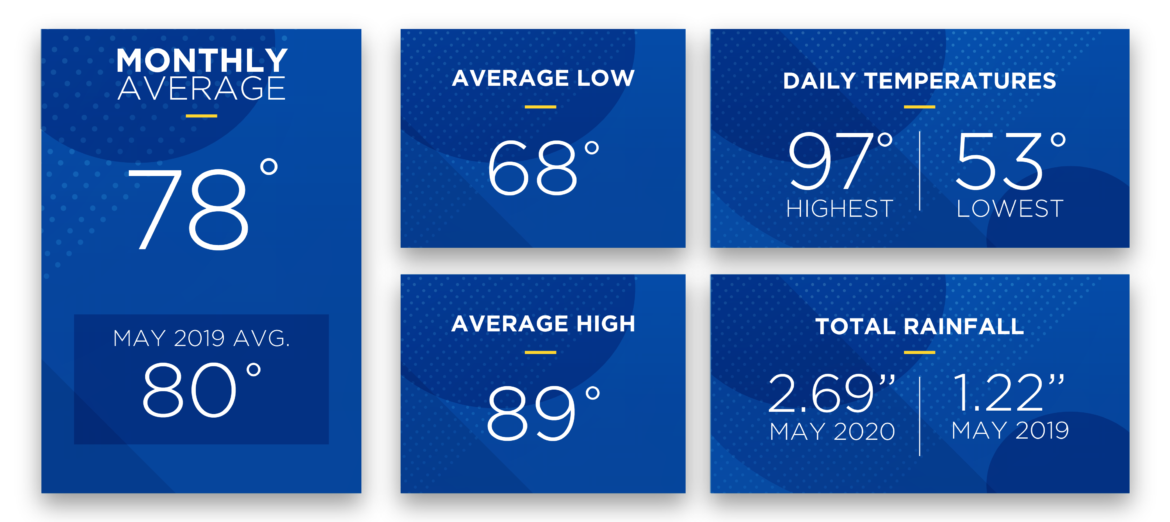Hurricane Season runs from June 1 to November 30 each year, presenting a heightened risk of severe weather and extended power outages. As the 2024 hurricane season begins, I want to address you directly regarding the forecasted weather patterns for our region and what we are doing to ensure your safety and well-being.

The Colorado State University (CSU) Weather and Climate Research team is predicting an above-average season, with forecasts indicating the possibility of 23 named storms across the Atlantic basin. Eleven are expected to become hurricanes, with five potentially reaching major hurricane status. This projection surpasses the 30-year historical average and reinforces the need for heightened preparedness.
SECO Energy is StormReady and prepared to respond to outages caused by summer thunderstorms, tropical storms, and hurricanes. We closely monitor the weather and make necessary pre-storm preparations behind the scenes. Our crews are trained and ready to respond swiftly to any outages that may occur, but it is equally imperative that all of us take proactive steps to stay prepared.
I strongly urge members to be cautious and prepare for potential disruptions. Essential supplies disappear quickly when tropical storms and hurricanes approach. To ensure you are adequately prepared, stay informed and updated on weather forecasts and advisories issued by state and local authorities. Make time to prepare an emergency kit stocked with essential supplies such as water, non-perishable food, flashlights, batteries, and medications. It’s also important to establish a communication plan with your family and loved ones in case of separation during an emergency. Take precautions to secure outdoor furniture, trim trees, and secure loose objects around your property to minimize potential hazards.
During restoration mode, SECO Energy operates around the clock. Crews on the frontline face elements head-on as they work to clear roads to reach affected areas, repairing broken poles, fallen lines, and damaged equipment. We utilize all available resources to restore power to your homes and businesses as safely and quickly as possible and provide regular updates on our progress to keep you informed every step of the way.
As we embark on this hurricane season, let’s stay vigilant, prepared, and supportive of one another. Your safety and well-being are paramount. Together, we can weather any storm.
Sincerely,
Curtis Wynn
Chief Executive Officer
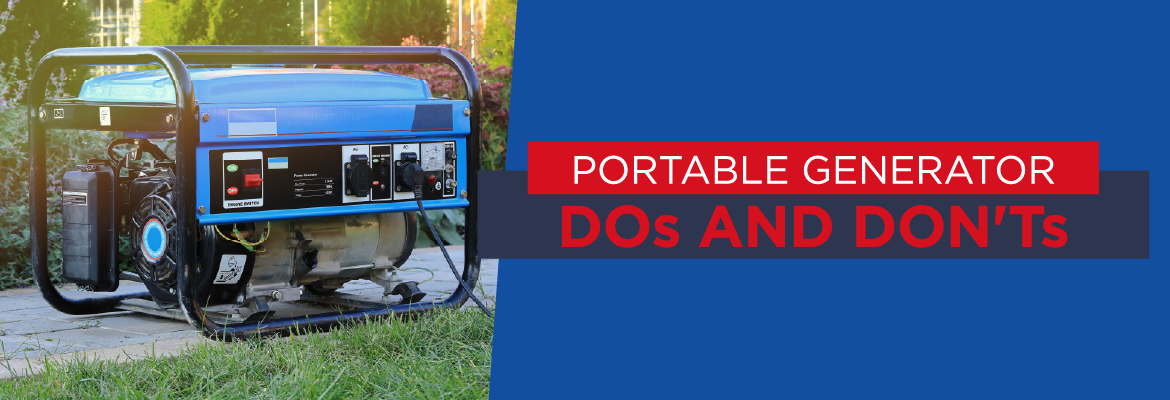
When major storms strike, portable generators can be beneficial but pose significant risks if mishandled. If you plan to use a generator this storm season, here are a few of the dos and don’ts of generator safety you’ll need to know:
✓ DO:
-
Use generators OUTSIDE ONLY, directing the generator’s exhaust away from your home and any nearby air intakes to other buildings. Deadly levels of carbon monoxide can build up fast from a portable generator’s exhaust.
-
Operate generators on dry surfaces, under open structures, and away from rain and other water sources to minimize electrical hazards. Remember, WATER AND ELECTRICITY DO NOT MIX.
✗ DON’T:
-
DON’T connect your generator directly to your home’s wiring unless it has been wired for generator use by a licensed electrician.
-
DON’T refuel your generator while it is running. Allow it to cool down before refueling.
Before using a portable generator, always read its operations manual and adhere to its guidelines for safe operation. By following these precautions, you can make the most of your portable generator while keeping you and your loved ones safe.
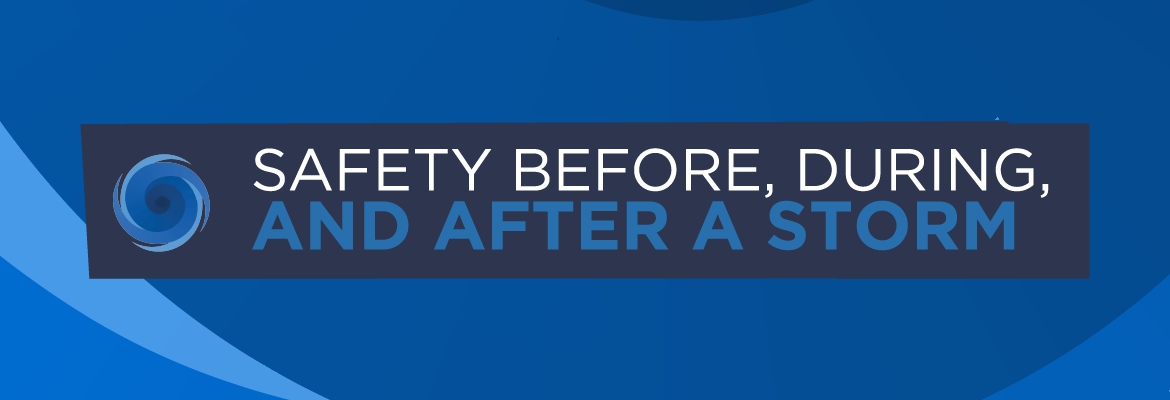
BEFORE: Prepare a storm kit with flashlights, batteries, medicine, first aid supplies, necessary baby items, and supplies for your pets. Stock two weeks’ worth of water, non-perishable food, and essentials. Refill prescriptions and gather important documents such as your social security card, driver’s license, birth certificate, and insurance information for your home, car, and life. Plan an evacuation route in case of an extended power outage and monitor weather forecasts.
DURING: Seek shelter and stay away from windows. Avoid leaving candles unattended and limit opening freezers and refrigerators more than necessary. Turn off your heating and air conditioning systems, and unplug sensitive electronic appliances such as TVs, game consoles, microwaves, and computers – this will protect your appliances against power fluctuations that can occur when power is restored. After power is restored, wait five to ten minutes before turning on appliances and heating systems. Stay updated on local alerts and off roads where trees and power lines are down.
AFTER: Exercise caution if power lines and poles are down; power lines can still be energized even on the ground, so avoid contact. Debris from a storm can hide downed lines and poles. Fallen trees touching energized power lines can electrify nearby objects such as metal fences, ponds, and even the ground. Check your breakers or fuses if power has been restored to your neighborhood but your home remains out. When using a portable generator during an outage, follow the safety tips in the operations manual.
Review our Hurricane Handbook at SECOEnergy.com > Safety > Hurricane Handbook.
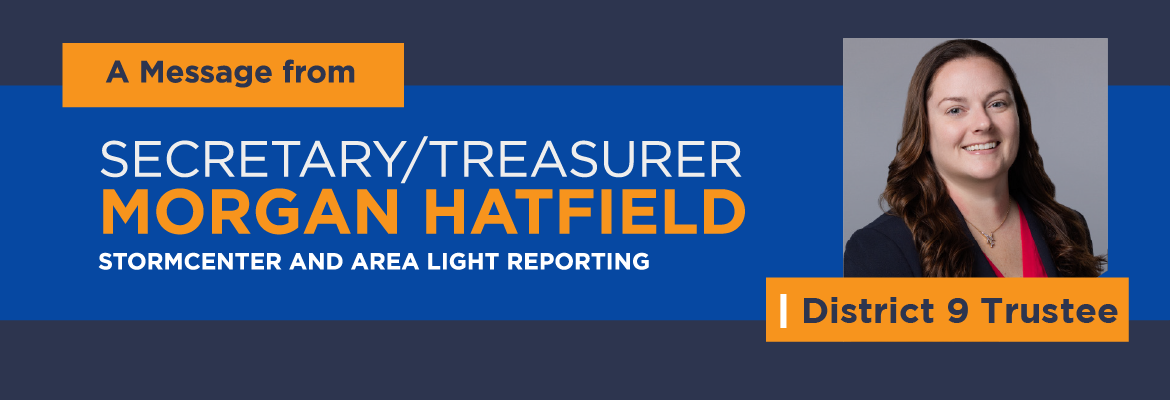
StormCenter is SECO Energy’s outage and communications platform to report outages, check the status of an existing outage, and enroll in outage communications and alerts via email, text, voice, or all three.
Visit SECOEnergy.com > StormCenter and bookmark StormCenter to your smartphone or tablet. With StormCenter bookmarked, you can easily access the outage map, report outages, track restoration progress, and quickly manage notifications related to outage detection and restoration.
You can also report an area light outage or malfunction 24 hours a day, seven days a week, using LightFinder. Simply go to StormCenter’s bookmarked page, choose the LightFinder tile, and enter the pole number or turn on location services to report. Reporting members will receive a follow–up email when the light is repaired – usually within 24 hours.
SECO Energy provides transparent communication and regular restoration updates during storms. Subscribe to receive email, text, and voice notifications on StormCenter. If you have already subscribed, make sure your contact information is up to date to receive timely notifications and updates regarding future outages and restoration efforts.

SECO Energy strives to provide top-tier reliability to 240,000+ homes and businesses in our service territory. Unexpected outages due to weather, vehicle accidents, equipment issues, trees, or animal contact means that SECO cannot guarantee 100 percent uninterrupted power.
During emergency restoration efforts following widespread damage, SECO Energy’s foremost priority is to restore power to essential facilities such as shelters, hospitals, schools, and government agencies, including emergency operations centers, fire stations, and law enforcement facilities. It’s important to note that residential accounts marked as medically necessary services are not given top priority during emergencies caused by named storms.
For individuals with special needs, resources are available through the Florida Department of Health. Those requiring medical attention or having a specific health need should register with their local emergency management agency to receive assistance during disasters. You can visit FloridaDisaster.org to add your name or a loved one’s to the statewide registry.
Registering provides first responders with valuable information to prepare for disasters or other emergencies to meet citizens’ unique needs. Providing as much information as possible will allow emergency management officials to plan accordingly for future disasters. You will be emailed periodically to verify the information provided is correct and to make any necessary changes.
Unless you plan to seek shelter at an approved facility, backup generation is critical if you are a member who relies on lifesaving medical equipment powered by electricity.
Store your county’s Emergency Operations Center (EOC) contact in your phone for quick access. You can also visit your county’s EOC online and enroll in county-specific emergency assistance services and updates.
CITRUS COUNTY: (352) 249-2775
HERNANDO COUNTY: (352) 754-4083
LAKE COUNTY: (352) 343-9420
LEVY COUNTY: (352) 486-5213
MARION COUNTY: (352) 369-8100
PASCO COUNTY: (727) 847-8137
SUMTER COUNTY: (352) 689-4400
To enroll to receive emergency alerts for your county, visit FloridaDisaster.org.
Read the full June 2024 SECO News.
